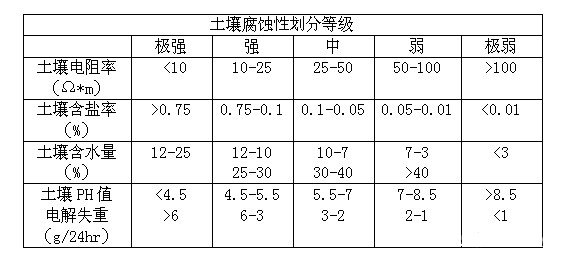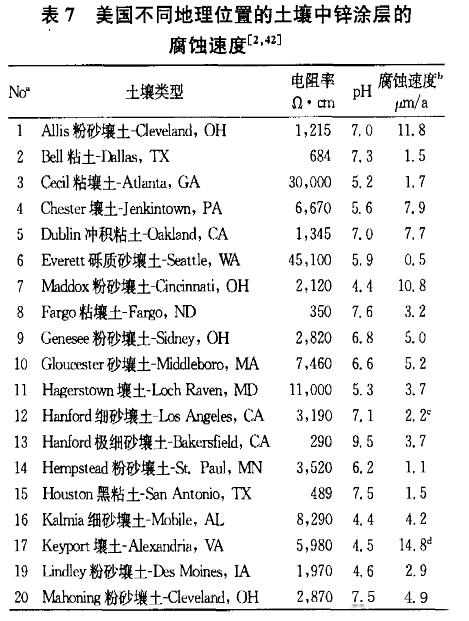Large-scale ground-mounted photovoltaic power plant projects typically require a detailed geological survey of the site to assess soil conditions. This is especially important when using spiral piles, which are currently one of the most convenient and widely used foundation solutions for such projects. During the geological survey, it's crucial to evaluate soil erosion characteristics. According to national standards, soil corrosivity is categorized based on several factors, with soil resistivity being the most significant contributor to corrosion potential.
As shown in the following table, soil resistivity plays a critical role in determining the level of corrosion that metal structures may experience:

Based on years of experience in PV power plant design and testing, Baowei’s 80μm hot-dip galvanized coating has proven effective in soils with weak to moderate corrosive conditions, offering a service life of up to 25 years under normal circumstances.
Another useful reference comes from data collected across different regions in the United States, which illustrates the corrosion rates of zinc coatings in various soil types:

According to this data, the typical corrosion rate of zinc in soil ranges from 2 to 8 micrometers per year. With an 80μm galvanized layer, the protective lifespan can vary between 10 to 40 years, depending on local environmental conditions. This makes hot-dip galvanization a reliable and cost-effective solution for long-term structural integrity in photovoltaic installations. Understanding these factors helps engineers make informed decisions about material selection and project longevity.
Guangdong Kinen Sanitary Ware Industrial Co.,Ltd. , https://www.kinengroup.com